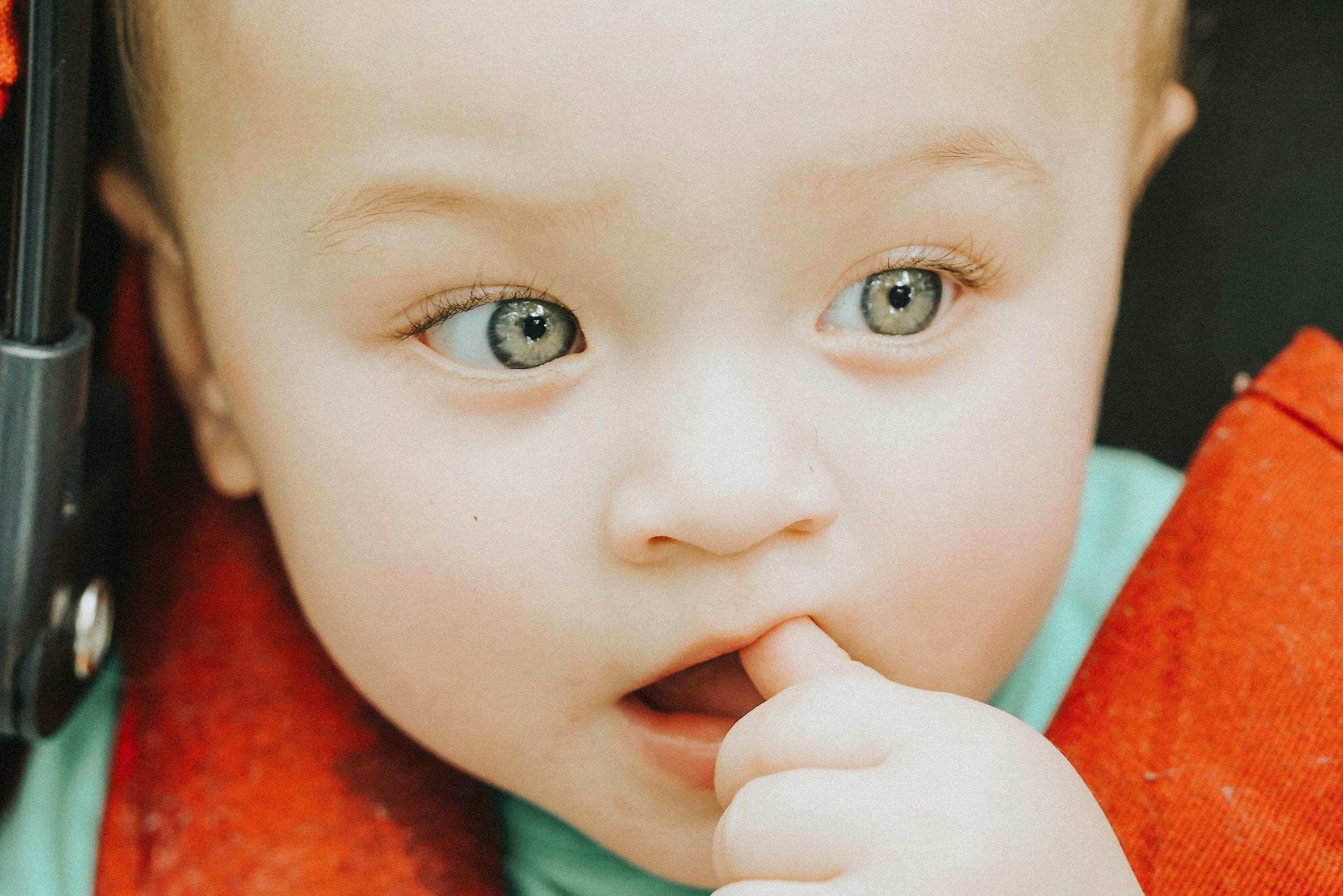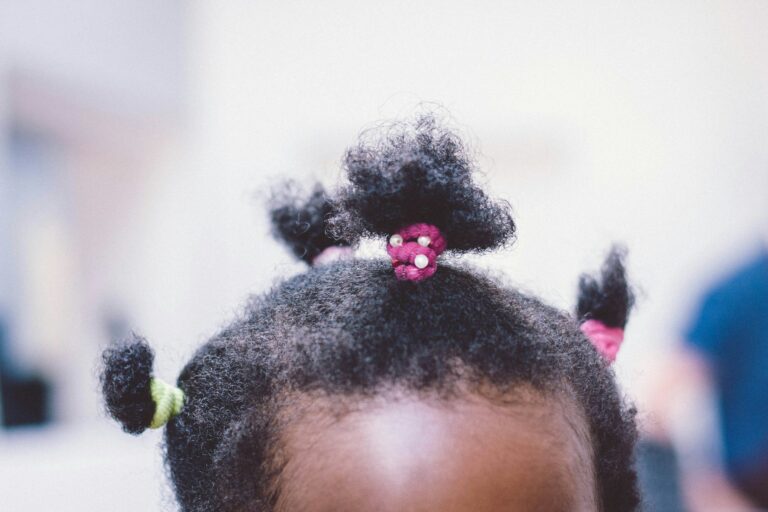When a new baby arrives, curiosity swirls around every blink of their delicate eyelids – and few questions are as mesmerizing, or as persistent, as those surrounding baby eye color. Will those eyes remain the luminous blue they seem in the first days, or will sunlight and time usher in hints of green, flecks of hazel, or the rich warmth of brown? Parents watch, fascinated, as the iris gradually reveals its secrets, sometimes puzzling even pediatricians with its unpredictable dance. Uncertainties can feel daunting – especially when advice varies from friend to friend, or family traits hint in opposite directions. Here, clarity emerges: peeling back the science, untangling genetics, and unwrapping practical ways you can support your little one’s journey – while also diving into the captivating diversity marked in every gaze.
Understanding Baby Eye Color: The Making of Unique Eyes
What Really Decides a Baby’s Eye Color?
The story begins with the pigments in the iris – the coloured ring that frames each pupil. Two fundamental players set the initial palette: melanin, a pigment produced by the action of specialized cells called melanocytes, and the arrangement of collagen fibers within the iris itself. Newborns are often born with blue or gray eyes. Why? Because their irises contain minimal pigment at birth – so little, in fact, that scattered light reflects back a blue or slate-gray tint, a phenomenon reminiscent of the afternoon sky (Rayleigh scattering, to borrow the scientific term).
As your baby matures, exposure to light subtly instructs the melanocytes: increase melanin production! For some infants, the result is softly deepening blue, for others, a dramatic transition towards hazel or brown. What determines this? The interplay of two core gene regions, particularly OCA2 and HERC2, sets the primary framework, yet dozens of other genes can tip the scale, introducing diversity and sometimes, surprise.
Why Do So Many Babies Start With Blue or Gray Eyes?
Is it just genetics? Not entirely. In light-skinned newborns, the absence of significant eumelanin and pheomelanin (types of iris pigment) leaves eyes appearing pale blue or gray – but this isn’t universal. Babies with darker skin, reflecting higher baseline melanin inherited from their ancestry, often debut with brown or slate-gray irises. As weeks melt into months, an infant’s eyes adjust and shift, gradually embracing the hue encoded in their DNA.
Can You Really Predict Baby Eye Color?
A tricky question, indeed. Family snapshots might suggest patterns, and prediction charts promise probabilities, but the odds can tease and even baffle. A dominant gene (think: brown) does often override a recessive (like blue), but the genetic lottery occasionally favours recessive alleles resurrected from grandparents or even further back. Even two blue-eyed parents may, rarely, welcome a child with green or brown eyes – the tapestry of genetics weaves in whispers and echoes from generations past.
From Birth to Early Childhood: The Evolution of Baby Eye Color
How Often Do Eye Colors Change – And When Is It “Set”?
The transformative period is most dramatic in the first 6-12 months of life. Observe closely: sudden glints of green sprinkled in a sea of gray, or a softening of blue towards hazel. For many infants, by the first birthday the final baby eye color has declared itself. But for others, especially those with lighter shades, this shifting can extend right into the toddler years, sometimes up to age 3. Any parent who has puzzled over baby photos and compared them months later knows the landscape can shift under your very eyes.
Melanin, Light, and the Magical Transition
So, what causes these changes, really? Melanin remains the centerpiece. Little at birth, boosted incrementally by both genetics and exposure to natural light. More sunlight can, over many months, prompt melanocytes to ramp up pigment production – sometimes resulting in a slightly darker hue in children growing up outdoors, compared to those shielded indoors. This process is gradual. It is not generally affected by diet, medication, or common home remedies, despite popular tales.
Iris, Genetics, and Outliers: When Patterns Surprise
Genes can behave in unexpected ways, blending alleles to craft not just the classic brown, blue, or green, but also rarer shades – amber, gray, even hazel flecked with gold. Occasionally, a condition called heterochromia emerges – one eye a deep brown, the other shimmering green, or perhaps only a single segment within the iris standing apart in colour (sectoral heterochromia). These variations, usually benign, remind us that the story of baby eye color is never monotone.
Science Spotlight: Deep Dive into Genetics and Eye Health
Genetics: More Than Dominant and Recessive
Polygenic inheritance – a jigsaw of multiple genes, each tipping the scale – is at play. The interplay between OCA2 and HERC2 genes, in particular, controls how much melanin reaches the iris, but supporting roles abound. Sometimes, a phenomenon called epistasis means that one gene’s effect “masks” another. That’s why inheritance does not follow straight lines: children can surprise parents, and siblings may differ as if painting from separate palettes.
Health and the Iris: When to Seek Medical Advice
Most shifts and quirks in baby eye color are entirely natural. However, sudden or extreme changes, one-sided color shifts (where one eye alone changes), or associated symptoms like redness or cloudiness should prompt a timely conversation with a paediatrician or ophthalmologist. In rare cases, early indicators of albinism or Waardenburg syndrome can include distinctive changes in iris appearance. Stringent hygiene, avoidance of adult eye drops or medicated creams, and gentle cleaning around the eyes are sensible practices, especially for lighter-eyed infants whose eyes may be more photosensitive.
- Look out for:
- Persistent white “rings” or patches within the iris
- Obvious cloudiness or irregular pupil shapes
- Discharge, persistent redness, or extreme light sensitivity
- Heterochromia coupled with hearing difficulties
Routine examinations generally track eye growth and function, but any noticeable shifts outside what’s explained above warrant a quick consultation.
Exploring Eye Color Diversity: Population Patterns and Rare Cases
Which Eye Colors Are Common – And Which Are Unusual?
Worldwide, brown eyes predominate, courtesy of abundant melanin and its sun-shielding benefits. Blue eyes cluster more often in those with European roots, while green remains the rarest major color. Gray occasionally emerges, while hazel (a blend of melanin and lipochrome pigments) and amber reflect unique genetic signatures.
The Fascination With Heterochromia
When parents spot one eye diverging from the other, or sectors of color standing apart, the effect is striking – but typically harmless. Heterochromia may be inherited or can arise from spontaneous developmental quirks. It nearly never interferes with sight or comfort. Still, abrupt changes or symptoms – eye pain, sudden loss of vision, or associated health concerns – should prompt expert evaluation.
Myths, Facts, and the Cultural Mosaic
Reshaping Common Beliefs
Myth: all children are born with blue eyes. Fact: Genetic diversity means many are born with shades of brown or gray right from the start. Myth: Eye color locks in by six months. Fact: subtle shifts can continue for years. Myth: eye color follows a simple grid. Fact: the interplay of alleles, ancestral heritage, and scientific unpredictability turns every gaze into a unique signature.
Did You Know? Fascinating Factoids
- Each iris is distinctly patterned – as unmatched as a fingerprint.
- Across cultures and eras, specific eye colors have held special meaning – sometimes even believed to bring luck, protection, or mystery.
- Some famous personalities, like Elizabeth Taylor, drew attention for their rare violet eyes (actually due to specific lighting and unique melanin distribution), while conditions like anisocoria (unequal pupil size) have also obsessed the world of art and music.
Everyday Care: Supporting Healthy Eye Development
A few simple habits can help your child’s developing vision:
- Use hats or stroller shades to provide gentle cover from strong sun, especially for infants with blue or gray irises who may be more light-sensitive.
- Soft, damp cloths for cleaning around the eyes help reduce risk of irritation or infection.
- Avoid adult medications unless prescribed for your child’s specific needs.
- Schedule regular paediatric check-ups – not only for vaccinations but to monitor eye alignment, tracking, and response to light.
Key Takeaways
- Baby eye color transforms in the first year, sometimes up to three years – patience unveils the final hue.
- Melanin’s dance, stirred by both genetics and sunlight, is responsible for mesmerizing shifts in colour.
- Lack of blue eyes at birth is no cause for alarm – genetics, ancestry, and baseline pigmentation all influence the initial palette.
- Rarer patterns, like heterochromia, are mostly harmless and a stunning twist in human diversity.
- Attentive eye care, gentle sun protection, and regular check-ups empower a child’s healthiest start.
- Professional guidance is recommended if you notice abrupt changes or odd symptoms.
- For access to more expert-backed health advice or personalized health checklists, try the Heloa app – a supportive hand for every parent.
Questions Parents Ask
Is there a way to predict my baby’s final eye color?
Prediction sometimes becomes a bit of a guessing game for families – using genetics as a rough map, but the landscape can surprise. No tool or chart offers a guarantee, since hidden alleles or subtle gene mixes may play their own hand. Enjoy the journey; the result is as unique as your child.
What does a baby eye color calculator or chart really tell me?
Their role? Mostly, to entertain and inform, not to prescribe. These calculators consider parents’ and sometimes grandparents’ shades, presenting probabilities rather than promises. Genetics is a world of variables – always a measure of the unexpected.
Can I track the evolution of my baby’s eye color?
Most certainly! Documenting the subtle changes month by month, through snapshots and observations, offers a lovely keepsake and a reference for paediatric appointments if needed. Notice a sudden difference in just one eye? Or rapid changes? Better to consult your paediatrician, though gradual shifts and evolving palettes remain part of the normal tapestry.
Further reading:









